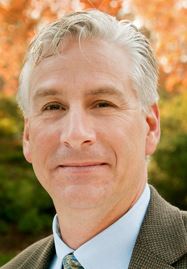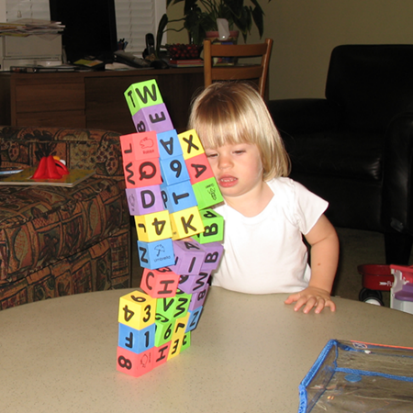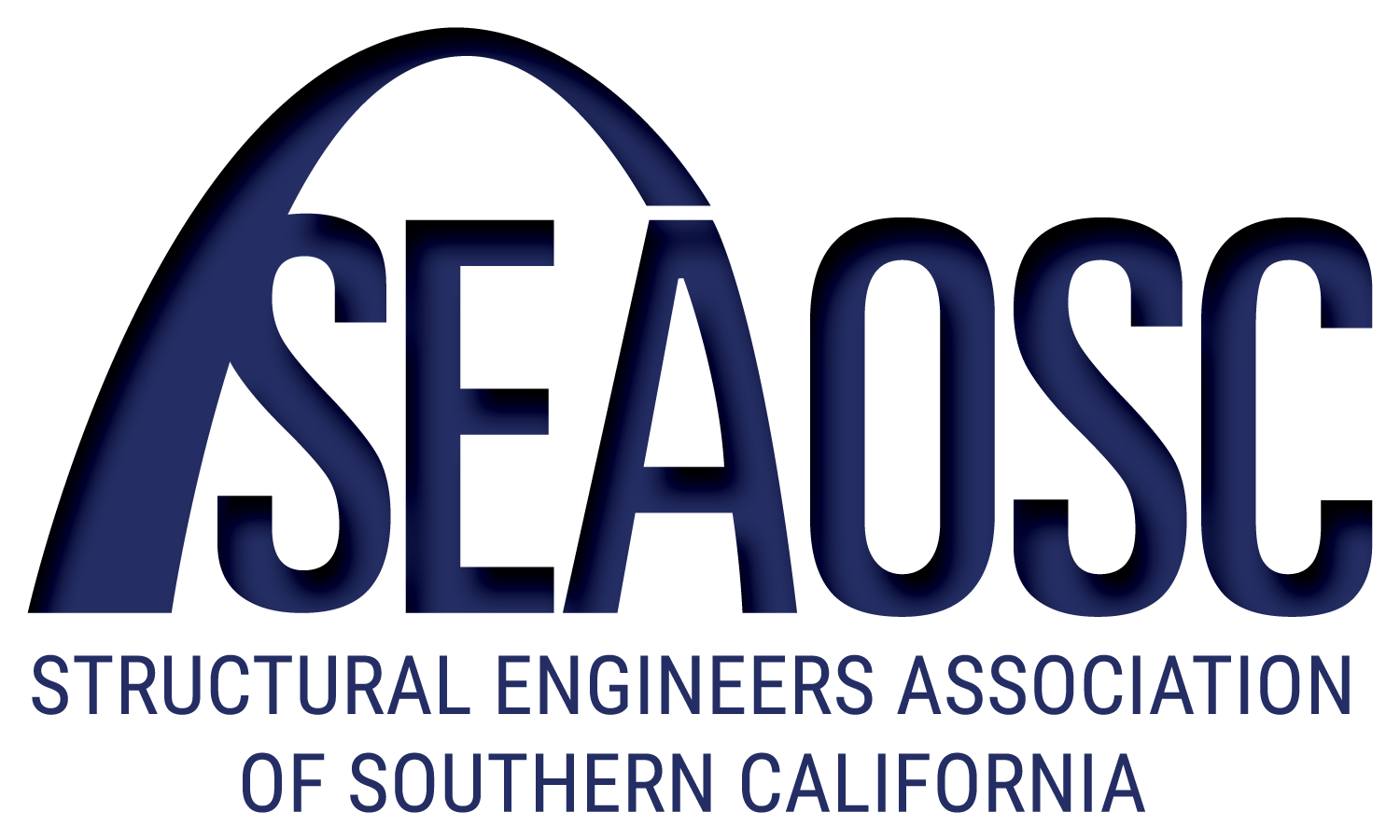 Ken O'Dell, SE
Ken O'Dell, SE
President
President’s Message May 2020
We are Engineers. In numerous meetings, I have participated in discussions regarding what this means and why it is important to express it consistently and concisely. As our structural engineering profession is impacted by many internal and external changes, it is incumbent on each of us and the Association to individually and collectively define the importance of “the structural engineer”.
In his book “To Engineer is Human”, Henry Petroski argues “the ideas of engineering are in our bones and part of our human nature and experience”. John Browne begins his premise in “Make, Think, Imagine: Engineering the Future of Civilization” with the idea that we all have “a deep-seated urge to improve our lives driven by an innate human instinct… we want to make things and shape the world around us”. In other words, there is an Engineer in each of us.
And yet, even with this innate desire and driving need to build or create from our “Inner Engineer”, Petroski highlights that “the essence of what engineering is and what engineers do is not common knowledge”. He theorizes this “is so in part because engineering as a human endeavor is not yet integrated into our culture and intellectual tradition”. However, rather than having “yet to occur” or not “being common knowledge”; I suggest society as a whole, has instead lost touch with the inner engineer; integration has already occurred, we just forgot about it.
If the desire to engineer is embedded in each of us, it should follow that the human nature of engineering would naturally be integrated into our culture and tradition. If there is an Engineer in each of us, why isn’t the essence of what engineering is and what we do more commonly understood? Perhaps this is because the essence is so well integrated that we take it for granted. Just as we take for granted that the doctor will properly diagnose our ills, that our toast will pop up in the morning or that our lattes will be hot without asking; we take for granted that Engineers will do what is needed, so “we don’t have to think about it”.
 Many acting or aspiring structural engineers, began our design careers with toys that resembled building blocks. Some are fortunate to experience the interlocking nature of Legos, while others may have used basic materials stacked one upon the other. If siblings or friends were involved the challenge became who could build faster and taller, and then who could knock down the others while protecting their own. Thus, we learned early on the basic principles of balance, eccentric vs. concentric loads, foundation support, and slenderness and stability. If our blocks were large enough or our feet small enough, we probably conducted our first vertical load test, and when fighting off a sister or brother we certainly learned about horizontal loads. Having watched my daughter work through these same problems with her toy blocks, it is my belief that the Inner Engineer knows no gender limitation.
Many acting or aspiring structural engineers, began our design careers with toys that resembled building blocks. Some are fortunate to experience the interlocking nature of Legos, while others may have used basic materials stacked one upon the other. If siblings or friends were involved the challenge became who could build faster and taller, and then who could knock down the others while protecting their own. Thus, we learned early on the basic principles of balance, eccentric vs. concentric loads, foundation support, and slenderness and stability. If our blocks were large enough or our feet small enough, we probably conducted our first vertical load test, and when fighting off a sister or brother we certainly learned about horizontal loads. Having watched my daughter work through these same problems with her toy blocks, it is my belief that the Inner Engineer knows no gender limitation.
So, if we all start here, where does the inner engineer go? As we grow up, we try many things, and may be nurtured or self-driven toward an area of focus. Along the way we begin to see that others take different roles. Through this process we build into our cultural traditions, a reliance on others. It is this reliance that builds the community and society we live within; and it is this reliance on others that offers the greatest “next step” for structural engineers.
Today, our building codes, especially those sections regarding extreme design events such as earthquakes, assume a level of damage can occur. We seek to explain this as being a “Life-Safe” minimum design basis. However, there is no set guarantee when designing to code prescribed minimums, that occupants will ever get back into their buildings, without potentially significant cost and energy restoring the structure to its pre-event condition.
Unfortunately, this is one of those disconnects between the Structural Engineer and the public they serve. Professor Keith Porter (University of Colorado, Boulder) has identified a gap between the expectations of the public and that of the designer when applying code minimum standards. The common occupant and building user, as they set aside their own inner engineer, relies on others and takes for granted that the Code minimum is “good enough”. Yet practicing engineers and professionals in the building community know that the standard is just a minimum.
This begs the question… “what is good enough?” Following several earthquakes, where I have visited damaged sites and spoken with displaced individuals and families, it was apparent that even though they were able to get out of their buildings, this was not good enough. People wanted to know when they could get back into to their homes and businesses.
This is a foremost challenge and opportunity for Engineers of the 21st Century, but we must be willing to question our current design approach.
- Are we serving our clients and their clients, the general public, appropriately if we accept responsibility for providing a good enough, code minimum design?
- Or, must we engage in a conversation, either with our clients or with our communities, regarding a design standard that is greater than Life-Safe?
- Should a standard integrating performance-based design practice, not as a cost-saving measure, but as a performance-providing approach be implemented as a new minimum?
- For the past couple months, we have relied on our homes to Shelter-in-Place or be Safer-at-Home. Without even thinking about it, we took for granted that our homes would be, if not useful, at least available for our Work-from-Home needs. How will our response change when the very homes we take for granted are not available?
These are questions that are being pursued today by leaders of the profession and need to be pursued by all practicing engineers. I encourage you to ponder these same questions and then share your ideas. The Association and profession will be richer for it.

